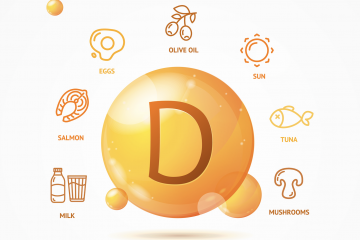Blood Testing is an Essential Component of your Altitude Training
The endless trails, the clean, crisp air, and the quiet from the everyday hustle. Sound enticing?
Altitude training camps have become increasingly popular for endurance athletes. Along with the breathtaking views and remote set-up, studies have proven altitude training stimulates erythropoiesis (production of red blood cells) and enhances hematological values. An increase in red blood cells means more efficient transport of oxygen from the lungs to the muscle tissue during exercise.
Mammoth Track Club workout on Horton Creek rd. in Round Valley, CA. The Mammoth Track Club members reside around 8,000 ft and have training options between 3,500 and 9,000+ ft depending on the training-specific workout goal.

Photo by Sarah Attar: @sarahattar
Sounds simple right? Book a trip to a dream mountain location, put in solid training, and the altitude produces more red blood cells, which leads to more oxygen and superhuman performances… close, but before you book your altitude training trip, it is important to understand the key biomarkers and blood levels.
Training periods of at least three weeks at moderate altitudes have shown increased hemoglobin concentration of 1-4%. Increased hemoglobin and hematocrit are followed by an increase in erythropoiesis. At high altitudes, when erythropoiesis is activated, iron demand is increased. If iron levels are insufficient, a hematological response will not be elicited (Michalczyk 2016). Data obtained by Stray-Grundersen (1992) proved pre-altitude iron deficiency (serum ferritin <30 ng/mL in men & 20ng/mL in women) led to no improvements in RCV in responses to altitude exposure.
Therefore, if the aim of the altitude training is to improve blood-oxygen carrying capacity, then ferritin levels must be monitored before, during, and after exposure. There have been many studies analyzing the impact of altitude stimuli on performance and the key blood factors that correlate with adaption with large individual variability (Chapman, 1998). Iron is just one of the factors influencing an effective adaptation to a hypoxic (low oxygen) altitude environment.
ABT is a great way to track blood levels and receive tailored recommendations unique to each individual athlete. Before you put in the miles of hard training, prioritize doing blood work. Monitoring levels can become overwhelming, but luckily with the help of ABT’s expert recommendations, you can focus on gaining supreme fitness and enjoying the mountain views.


